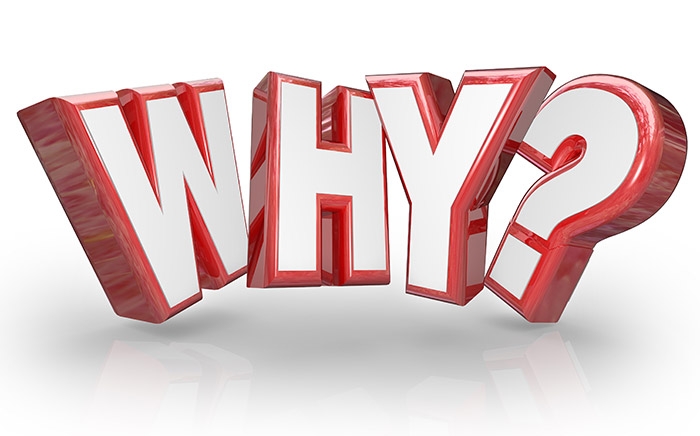Essential Guidance: Where Food Handlers Are Allowed to Wash Their Hands for Maximum Safety
Introduction: Why Designated Handwashing Locations Matter
In the food service industry, hand hygiene is fundamental to preventing foodborne illnesses and upholding public health standards. Food handlers must know where they are allowed to wash their hands, not only to comply with regulations but also to protect customers, staff, and business reputation. This guide provides actionable details on approved handwashing locations, facility requirements, training, regulatory compliance, and practical steps to ensure every food handler meets the highest standards of food safety.

Source: chowhound.com
Approved Locations for Handwashing: What the Law Requires
According to industry standards and regulatory guidelines, food handlers are only permitted to wash their hands in designated handwashing sinks or stations. These sinks must be:
- Located in areas convenient to food preparation, service, and dishwashing activities
- Clearly marked and used exclusively for handwashing
- Equipped with hot and cold running water, hand soap, and paper towels or air dryers
Food handlers must not use food prep sinks, dishwashing sinks, or utility sinks for handwashing [2] . This separation prevents cross-contamination and ensures compliance with the Hazard Analysis Critical Control Points (HACCP) system [1] .
Facility Requirements: Setting Up Proper Handwashing Stations
Regulatory agencies such as the FDA and state health departments mandate the following for handwashing stations:
- Continuous access to hot (at least 100°F) and cold running water
- Hand soap dispensers (refillable or single-use)
- Single-use paper towels or air dryers
- Prominent signage indicating the sink is for handwashing only
- Stations must never be blocked, used for dumping liquids, or any purpose other than handwashing [4]
Facilities are also required to maintain these stations so they are always clean, stocked, and accessible.
Training and Compliance: How Food Handlers Learn Proper Protocols
Compliance is ensured through rigorous training programs that teach:
- The correct handwashing technique: wetting hands, applying soap, scrubbing for at least 20 seconds, rinsing, and drying with a single-use towel [5]
- The legal requirement to wash hands only at designated stations
- The importance of not using food prep or dishwashing sinks
Many food service businesses follow HACCP guidelines, which require documented training and regular refresher courses for all staff. SOPs (Standard Operating Procedures) must be posted and available for reference [3] .
Practical Implementation: Step-by-Step Guidance for Food Handlers
To ensure compliance and maximize safety, follow these steps:
- Identify all designated handwashing sinks in your facility. If unsure, ask your supervisor or review posted signage.
- Before beginning any food handling, wash hands at the designated station using the recommended technique.
- After handling raw foods, using the restroom, touching your face, or engaging in any task that may cause contamination, return to the designated handwashing station and repeat the process.
- Do not use any other sink-even if it has soap and water-for handwashing. If your facility lacks adequate handwashing stations, report this to management immediately.
- Keep sinks unobstructed and stocked at all times. If supplies are low, notify the appropriate staff.
Supervisors should routinely monitor compliance and correct improper practices immediately.
Case Study: What Happens When Sinks Are Misused
Consider a restaurant where staff occasionally use the dishwashing sink to wash their hands due to convenience. This practice can lead to cross-contamination, increased risk of foodborne illness, and potential violations during health inspections. In several documented cases, businesses have received citations, fines, and even temporary closures for failing to maintain proper handwashing protocols [2] .
Challenges and Solutions: Overcoming Barriers to Compliance
Common challenges include:
- Insufficient number of handwashing stations
- Stations blocked by equipment or supplies
- Poor training or misunderstanding of regulations
Solutions:
- Assess your facility layout and add more stations if needed
- Educate staff regularly and post clear signage
- Establish routine checks to ensure stations are clean and stocked
For new businesses, consult with your local health department for guidance on meeting facility requirements and training standards.
Alternative Approaches: What to Do If a Designated Sink Is Unavailable
If no designated handwashing station is accessible:
- Notify your supervisor immediately and request temporary supplies (such as portable handwashing units)
- Contact your local health department to report non-compliance and seek guidance
- Do not use food prep, dishwashing, or utility sinks as substitutes under any circumstances
Mobile food vendors and outdoor event staff should ensure portable handwashing stations are in place and meet regulatory standards.
Key Takeaways: Best Practices for Food Handler Handwashing
Always wash your hands only at designated handwashing sinks. Never use food prep or dishwashing sinks. Facilities must keep handwashing stations operational, clean, and stocked. Staff must receive comprehensive training on protocol, and supervisors should enforce rules consistently. If you have questions or concerns, consult your local health department or refer to HACCP and FDA guidelines for the most up-to-date standards.
How to Access Further Guidance and Training
For more information, food handlers and managers can:
- Search for ‘food handler training programs’ using reputable organizations such as ServSafe or your local health department
- Consult the FDA Food Code and state health department regulations
- Request HACCP certification courses for advanced compliance
- Contact your facility manager for a copy of Standard Operating Procedures and training resources
If you need help finding training or facility guidance, call your local health department or search for “food handler safety training” online. Always verify that the course provider is reputable and recognized by your jurisdiction.

Source: screenrant.com
References
- [1] CKitchen (2023). When Must A Food Handler Wash Their Hands?
- [2] National Restaurant Association (2024). Proper handwashing techniques are key to good hygiene.
- [3] Meritech (2023). Ensuring Hand Hygiene Compliance for Food Safety.
- [4] Virginia Department of Health (2023). LFHD Food Handler’s Manual.
- [5] USDA Food Safety and Inspection Service (2021). Handwashing for Food Safety.
MORE FROM hotondeals.com













